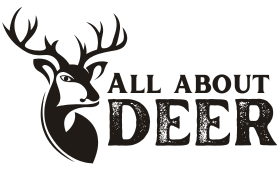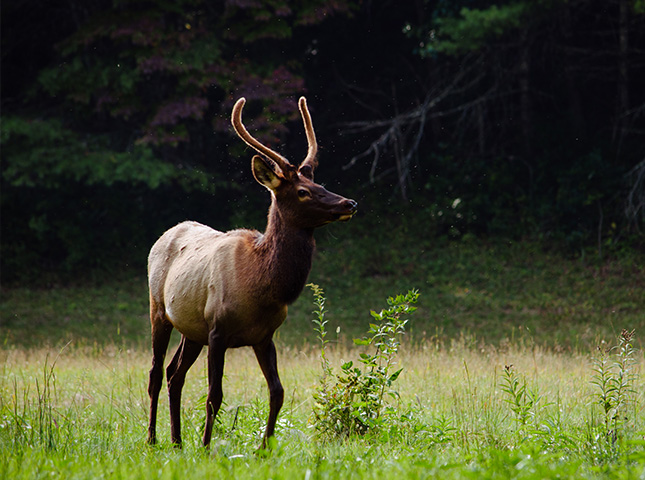Deer, majestic and graceful creatures, have been a subject of intrigue for many wildlife enthusiasts. One peculiar behavior that has puzzled many is their tendency to run in circles. This article delves deep into understanding the reasons behind this seemingly odd behavior.
Table of Contents
Key Takeaways
- Deer run in circles primarily to confuse predators.
- Chronic Wasting Disease (CWD) can cause deer to exhibit circling behavior.
- Deer may create false trails to divert predators.
The Predator Evasion Theory
One of the primary reasons deer run in circles is to confuse predators. By running in a circular pattern, they can create multiple tracks, making it difficult for predators to determine the correct path. This tactic can be especially useful when a deer senses that it’s being pursued.
Chronic Wasting Disease (CWD)
Chronic Wasting Disease (CWD) is a neurodegenerative disease that affects deer, elk, and moose. Deer infected with CWD may exhibit a range of symptoms, including circling behavior. The disease affects the brain, leading to erratic movements, drooling, and a lack of fear of humans.
Creating False Trails
Another reason deer might run in circles is to create false trails. By circling back on their own tracks, they can mislead predators into following a looped path, giving the deer a chance to escape in a different direction.
Environmental Factors
Sometimes, the environment can play a role in why deer run in circles. In areas with dense underbrush or obstacles, deer might circle around to find a clearer path. Additionally, if a deer is injured or disoriented, it might run in circles out of confusion.
Social Behavior
Deer are social animals, and their circling behavior can sometimes be attributed to social interactions. For instance, during the rutting season, male deer (bucks) might circle around a female (doe) as a mating display. Similarly, deer might circle around to establish dominance or settle disputes within the herd.
Table: Common Reasons for Deer Circling Behavior
| Reason | Description |
|---|---|
| Predator Evasion | Confuse predators by creating multiple tracks. |
| Chronic Wasting Disease | Neurodegenerative disease causing erratic movements. |
| Creating False Trails | Mislead predators by circling back on their own tracks. |
| Environmental Factors | Navigate through dense underbrush or obstacles. |
| Social Behavior | Mating displays, establishing dominance, or settling disputes within the herd. |
Frequently Asked Questions
Why do deer stomp their feet when they run?
Deer stomp their feet as a warning signal to other deer about potential danger. It’s an alarm call of sorts. When a deer senses a threat, it might stomp its foot to alert other members of the herd. This behavior can also serve to challenge or intimidate predators.
Do deer run in circles when they are injured?
Yes, an injured deer might run in circles due to disorientation or pain. The injury might affect their mobility, causing them to move in an erratic pattern. Additionally, an injured deer might circle back to familiar territory for safety.
How do deer communicate with each other?
Deer have a complex system of communication that includes vocalizations, body language, and scent marking. For instance:
- Vocalizations: Deer produce various sounds, from grunts to bleats, to communicate with each other.
- Body Language: Tail flicks, ear positioning, and stomping are all forms of body language that convey different messages.
- Scent Marking: Deer have scent glands on their legs and face, which they use to mark territory or communicate readiness to mate.


